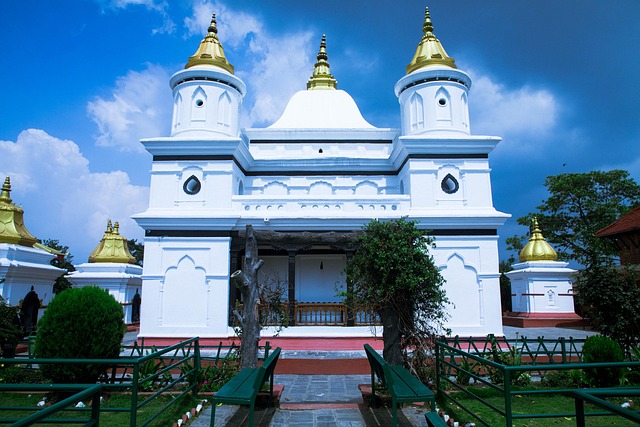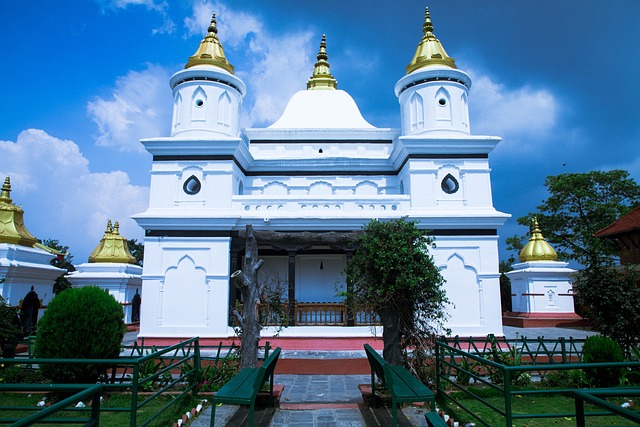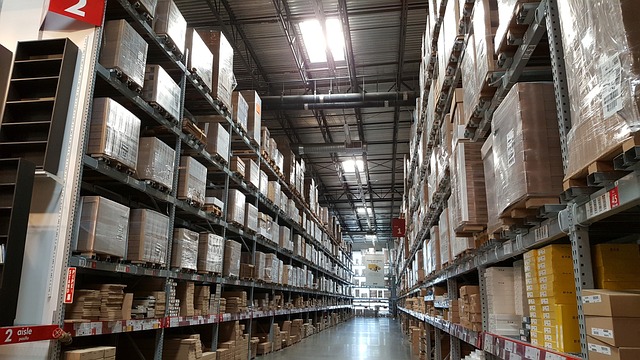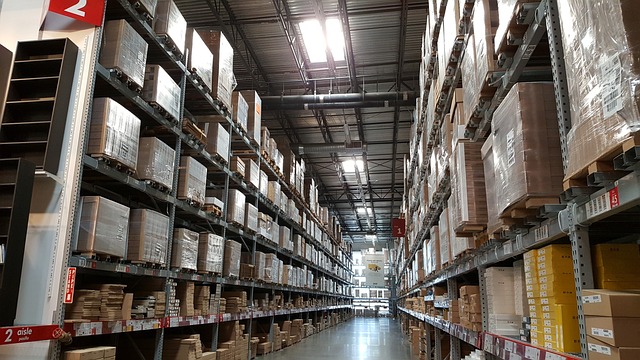Real estate plays a pivotal role in shaping cultural landscapes, with historic buildings and arts spaces fostering artistic communities. Developers and urban planners actively integrate cultural considerations into their projects, recognizing the economic benefits and attractiveness of culturally vibrant neighborhoods. Global cultural destinations, revitalized through nightlife scenes, draw visitors worldwide. This trend influences real estate development, with investors focusing on repurposing spaces for entertainment hubs. Balancing cultural vibrancy with strategic land use, including green spaces and public art, creates diverse, engaging communities while enhancing quality of life and preserving cultural identity, driving long-term stability in the real estate market.
“Explore the vibrant pulse of cities through their dynamic cultural scenes and nightlife, where real estate plays a pivotal role in shaping urban landscapes. From revitalized neighborhoods to iconic landmarks, this article delves into the intricate relationship between property development and cultural hotspots. Discover how nightlife destinations drive urban renewal, attracting diverse communities while also highlighting the importance of sustainable growth. Uncover strategies to balance cultural vibrancy with responsible real estate practices for a thriving urban ecosystem.”
The Role of Real Estate in Shaping Cultural Landscapes

The role of real estate in shaping cultural landscapes cannot be overstated. Cities and towns are increasingly defined by their vibrant cultural scenes, and real estate plays a pivotal role in cultivating these environments. The type of properties available—from historic buildings to modern arts spaces—influences the artistic and creative communities that call them home. For instance, converted warehouses or old factories often become hubs for contemporary art galleries, while revitalized downtown areas attract theaters, music venues, and restaurants, fostering a dynamic cultural tapestry.
Real estate developers and urban planners recognize this connection, actively integrating cultural considerations into their projects. They understand that by designing spaces that cater to artistic expression, they not only enhance the local economy but also create unique, attractive neighborhoods. This synergy between real estate and culture is evident in many cities worldwide, where revitalized districts have become global cultural destinations, drawing visitors from far and wide.
Nightlife Destinations: Driving Urban Revitalization

The vibrant and dynamic cultural scene, particularly its nightlife, has become a driving force behind urban revitalization in many cities worldwide. This trend is reshaping real estate landscapes as areas once considered dormant after dark are now being revitalized with purpose-built entertainment hubs. From trendy bars and live music venues to dance clubs and unique pop-up experiences, these destinations are attracting locals and tourists alike, transforming neighborhoods into thriving epicenters of cultural exchange.
As a result, real estate investors and developers are increasingly recognizing the potential of nightlife as a key component in urban planning and regeneration strategies. The conversion of industrial spaces into hip cocktail lounges or the adaptive reuse of historic buildings for live performances showcases the adaptability of urban landscapes to cater to diverse leisure pursuits. This focus on cultivating a pulsating nightlife not only brings economic benefits but also fosters community engagement, cultural diversity, and an overall sense of urban vitality.
Sustainable Growth: Balancing Culture and Property Development

The vibrant cultural scene and dynamic nightlife in a city are integral components that attract residents and visitors alike, contributing significantly to its overall appeal and economic growth. However, balancing this cultural vibrancy with responsible real estate development is a delicate task that requires careful planning and consideration. As urban areas experience rapid expansion, it becomes crucial to integrate cultural spaces into the fabric of the city while ensuring sustainable property growth.
This equilibrium involves strategic land use, where cultural hubs and entertainment districts coexist harmoniously with residential areas and commercial nodes. Developers and urban planners must prioritize creating mixed-use neighborhoods that cater to various demographics, ensuring a balanced and inclusive environment. By incorporating green spaces, public art installations, and accessible cultural venues, the city can foster a sense of community and enhance the overall quality of life. Such an approach not only preserves the city’s cultural identity but also drives long-term real estate market stability and resilience.






